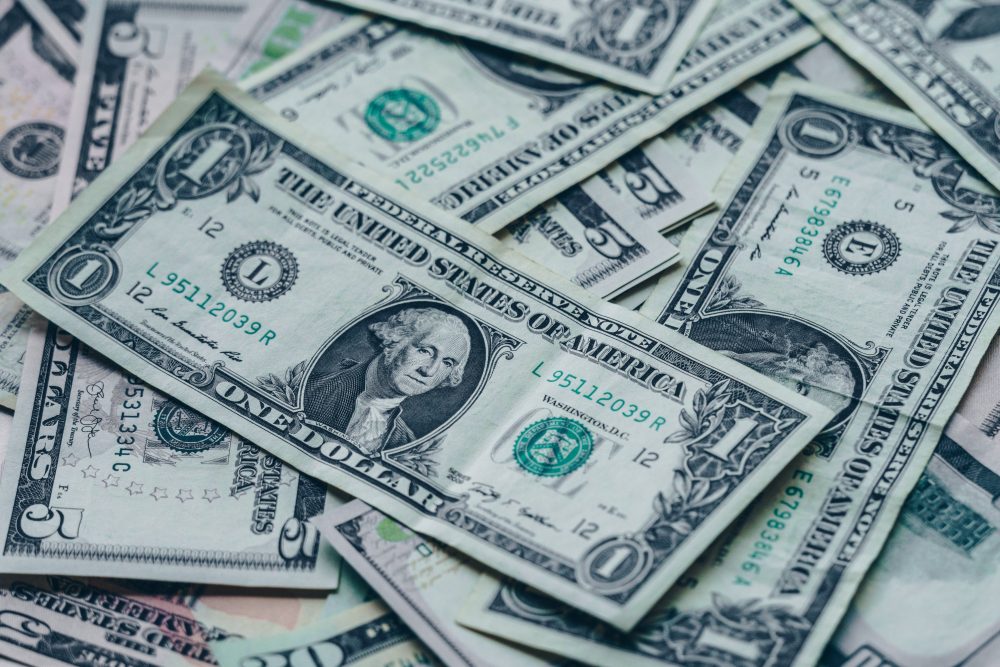There are so many aspects of life that you cannot anticipate. You never know when you’ll experience a big financial upset like a job loss, an unexpected home repair, or even a medical emergency.
A large percentage of Americans are living paycheck to paycheck and find it extremely difficult to put money aside into an emergency fund. Despite the difficulty, it is important to have money set aside to get you through those unexpected expenses. An emergency fund could help smooth any bumps in the road and keep your finances stable.
Starting an emergency fund can be intimidating at first. Especially when you haven’t saved before or created a budget plan. You might aim to save at least 6 months of expenses or for a huge expense, but it’s much better to start small and work your way up. A good starting point is to create an emergency fund worth at least a thousand dollars in a separate savings account.
Steps To Start Your Own Emergency Fund
1. Analyze Your Current Budget
Think about printing out a few months’ worth of bank and credit card statements. Go over them with a few highlighters, especially if you are a visual person. Figure out what your income is and what your expenses are. Analyze what your current monthly budget is, including all your debts and minimum payments necessary for credit cards, bills, car title loans and more. Divide your expenses into two categories: necessary living expenses and frivolous expenses.
2. Determine How Much You Can Set Aside
When you have the basics of your budget in front of you, determine how much you have left over each month to set aside for your emergency fund. Then take a look at your monthly spending on frivolous costs and see if you can cut down on a few expenses. Total both of those figures to determine how much money you will add to your emergency fund every month.
3. Get a Completely Separate Account
It is vital that you don’t keep your emergency fund in the same place as your spending or billing accounts. Open a separate savings account that you can easily transfer into but won’t be too tempted to transfer out of. This will help your emergency fund grow. Plus, savings accounts tend to have higher interest which will help your savings grow over time.
4. Set up Automatic Withdrawals and Deposits
Set up a monthly or bi-monthly automatic deposit into your emergency fund account. When you make payments automatically, you are less likely to forget and less likely to spend that money.
5. Re-Assess Every Month to Increase Efforts
Every month that passes, you will likely be invigorated by your progress. Allow this to push you further to see how more you could add to your emergency fund. Every month consider adding a bigger contribution.
Building your own emergency fund is not as difficult as it may seem. It’s all about starting small, strategizing, and believing in yourself! Once you have reached your financial goal of a thousand dollars, you can always consider reaching for a higher goal, so you have more of a cushion in the future. It can be hard work, but once you come across another financial roadblock, you will be so grateful you have that emergency fund set in place.
For more on this, consider reading our other fine articles:
How Inflation Impacts The Car Industry
Yes, You Can Save For Retirement In Your 40s
Image source: Pexels.com

